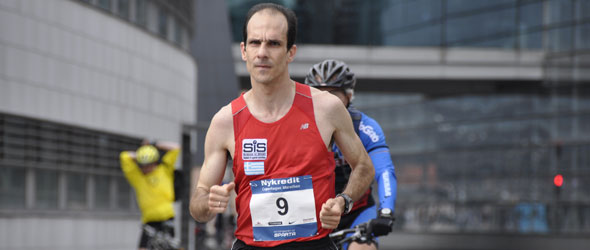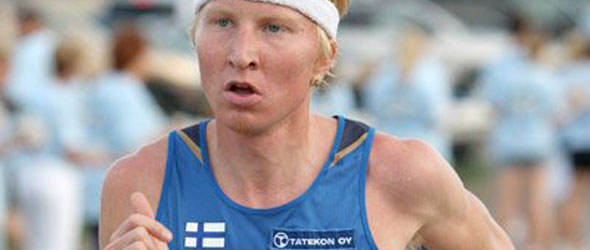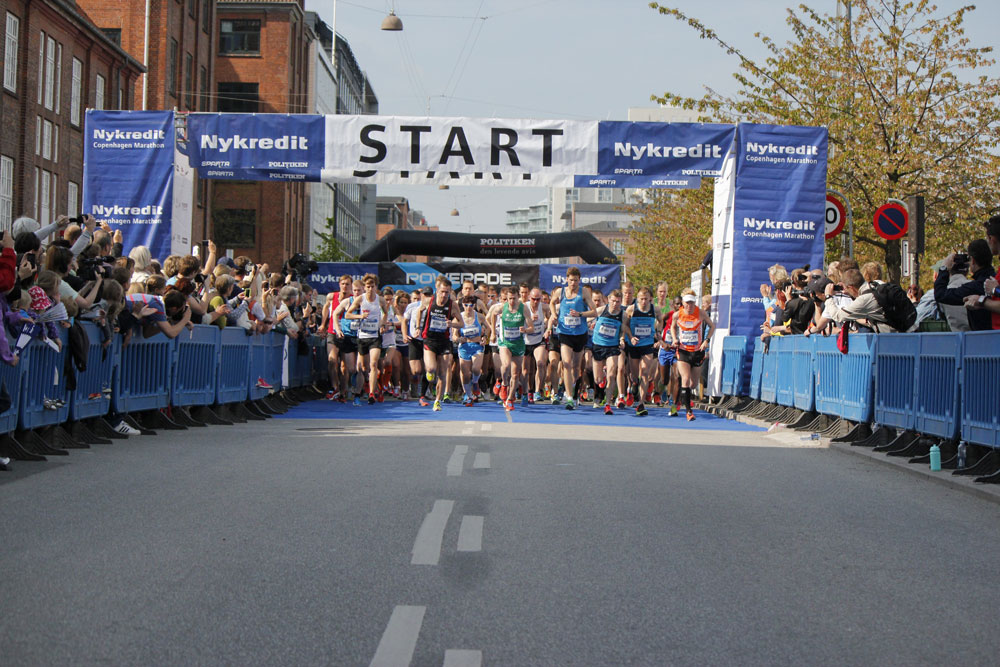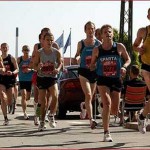We arrived at Copenhagen by air, two days before the marathon race, and – as it turned out – our first impressions were quite representative of the city.
Before our landing, my attention was caught by the huge wind generators that were in the middle of the sea, nearby the impressive bridge connecting the Danish capital with Malmo (Sweden). Copenhagen is an absolutely ecological and technologically modern city, where moving around with public transportation, bicycle and on foot is the rule, as well as recycling. WiFi can be found anywhere, cars are relatively few on the streets and the whole city is remarkably clear, despite the many tourists and the few garbage bins downtown.
After our arrival at the airport, it took us no longer than 20 minutes in order to check-in in our hotel, moving by train. A fast, simple and cheap connection between the airport and the city center is, in my opinion, the best way to welcome a visitor! Simplicity seems to be a major part of Danish everyday life, since everything appears to flow easily and smoothly. Streets are wide and traffic moves effortlessly, the overall quiescence is not disturbed by shouting and horns, while most people is dressed with comfortable, simple clothes, regardless their standing and social position.
Coming out of the central train station, we saw about 350 bicycles (true number!) parked all over, and many more driving around. Certainly, mentioning the bicycle‘s popularity in Copenhagen is triteness, but it is always impressive that more than one out of three of the 1.500.000 permanent residents of the city owns a bicycle. «Just imagine that every one of these could be a car”, my wife said. Of course, using a bicycle is facilitated from the wide bicycle-roads that are everywhere in the city, but it is impeded by the hard winters – “I ‘m wearing four pairs of gloves during winter” a university teacher told me. Nevertheless, it seems that culture and personal commitment of every citizen to a higher quality of life urges him to ride his bike under any circumstances.
All the Danish people we met upon our arrival have soon disproved the myth about “cold-blooded northern” that there is among mediterranean people, showing sincere mood of helping us with every problem, smiling and with inherent politeness, speaking English fluently. We have met many and different native people, with common characteristics of eagerness, intellect, modesty and proximity, despite one’s identity and origin.
The city itself is very pretty, concerning that low buildings with past centuries’ architecture are predominant, while it is characterized by the presence of the sea and the many parks. In the touristic centre, you can walk on the longest and oldest pedestrian street within Europe (Stroget), although the most interesting spots are to be found in the small parallel streets. The city center has a lot interesting monuments and museums to offer, and the best way to get to know them is on foot. Of course, you can have a quick tour by the special bus or by boat, as well as the alternative but very suitable perspective of renting a bike. Overall, Copenhagen has been touristic developed, but this has not corrupted its character, in my opinion.
As far as the race is concerned, Copenhagen Marathon may be Europe‘s most dynamically developing event. Doubling its participants within the last 6 years (2006: 5474, 2011: 11919, almost 2000 foreigners), it has not much to be jealous of, compared to other famous marathon races, in terms of organization. The race route is completely within the city center, making it particularly appealing for the average runner, while its design facilitates spectators, who fill up every spot, in a cheering mood. The many twists and turns are a fact, as well as the many pavement covered parts, but this should be no problem for anyone who aims to an over 2 ½ hours finish time.
I hope that we‘ll meet in Copenhagen Marathon in 2012. The race, the city and the overall feeling are going to make it worth!























Speak Your Mind